Table of Contents
How to wean off pumping? Dear Moms (reading this currently), your decision to discontinue pumping is personal and entirely yours. Though the American Academy of Pediatrics and CDC recommend exclusively feeding your baby breast milk for the first 6 months of their life and continuing to deliver breast milk (along with complementary foods) for up to 12 months of their life or longer; the reality is that every breastfeeding journey is different.
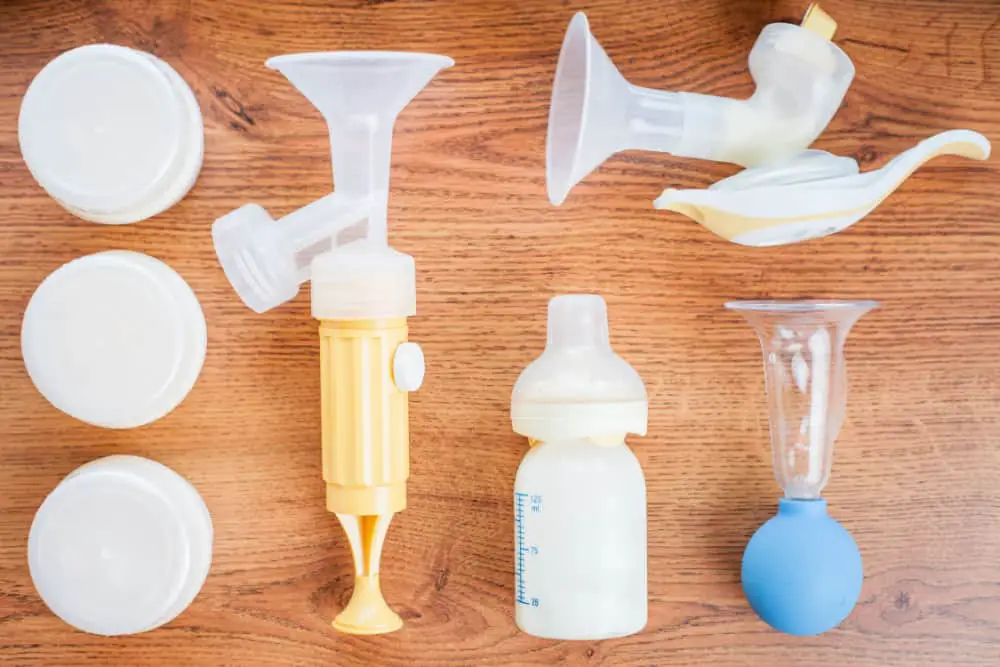
Some mothers may be experiencing ongoing milk supply issues, nursing difficulties, or a job that makes it difficult to continue pumping after returning to work. Whatever your reason, you’re probably wondering how to wean off pumping and make the transition to breast milk feeding as easy as possible for you, your body, and your baby.
Are you wondering how to wean off pumping easier on yourself, your body, and your baby? Continue reading for ideas on how to wean off pumping.
How to wean off pumping?
If you’ve been regularly breast pumping for any time, stopping abruptly can result in infections. So, how to wean off pumping safely?
Nursing babies naturally wean from their mothers’ breasts; their nursing volume and frequency decrease as their solids consumption increases. Their curiosity and independence draw them further away from their mother for longer periods. This happens gradually, and the body responds safely and effectively.
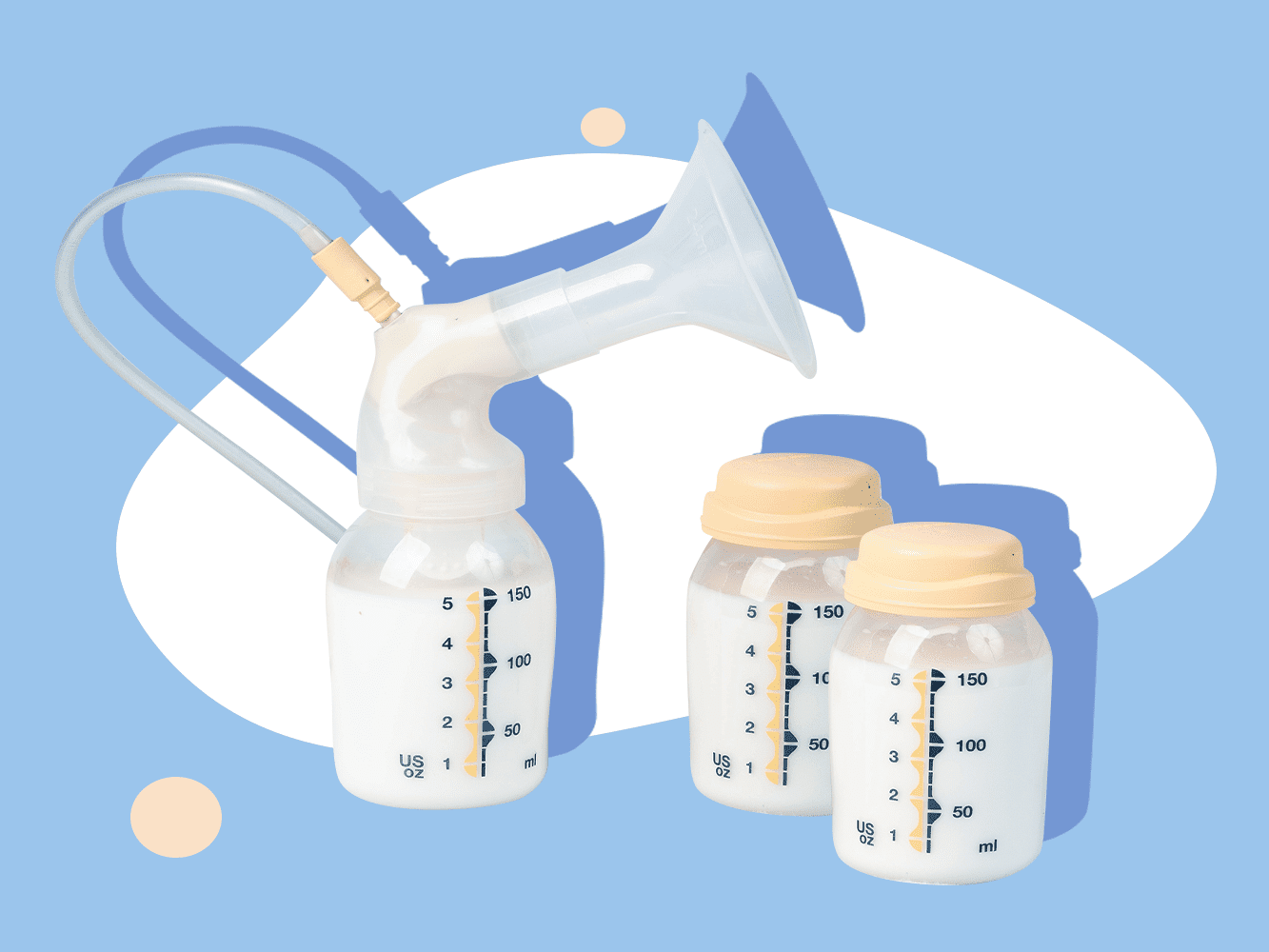
How to wean off pumping? When weaning off the breast pump, the process is a little different because it is up to you to reduce the frequency and length of pumping sessions. There are several methods for weaning off a breast pump:
- Pumping sessions are being dropped one by one.
- Increasing the interval between pumping sessions.
- Reduce the length of pumping sessions gradually.
Remember, if you wean too quickly, you may leave too much milk in your breast before your body’s production can effectively ramp down, causing the tissue around the milk ducts to become inflamed.
This can completely block the milk ducts, resulting in a clogged milk duct. It can become infected if it is not treated, resulting in mastitis. As a result, abruptly discontinuing pumping sessions or quitting cold turkey is not advised.
Fortunately, convincing your body to decrease milk production is much easier than convincing it to increase. If you follow some steps, you should be able to stop your body’s milk production gently and effectively, with minimal discomfort.
How to wean off pumping? 7 steps explained
Here are seven easy steps on how to wean off pumping safely.
- Stop supplements or nursing boosters
Stop taking supplements or following a diet to keep your milk supply up. If you are taking supplements under the supervision of your doctor, check with them first to see if you need to gradually reduce your dose.
- Drop evening pumping session
Most women’s milk production peaks in the morning and gradually declines into the evening. It may be possible to forego an evening pumping session with minimal effort or discomfort. If your body isn’t producing much milk in the evening, stopping pumping will be no surprise.
- Decrease pumping time by 25%
Reduce the length of your pumping sessions to reduce your output. Reduce your pumping sessions from 20 minutes to 15 minutes, for example.
This will relieve the discomfort of having an overly full breast, but it will not completely drain the breast. Maintain this length of pumping sessions for 4-5 days. When you fail to empty your breasts consistently for several days, your body will reduce production to meet your new, reduced demand.
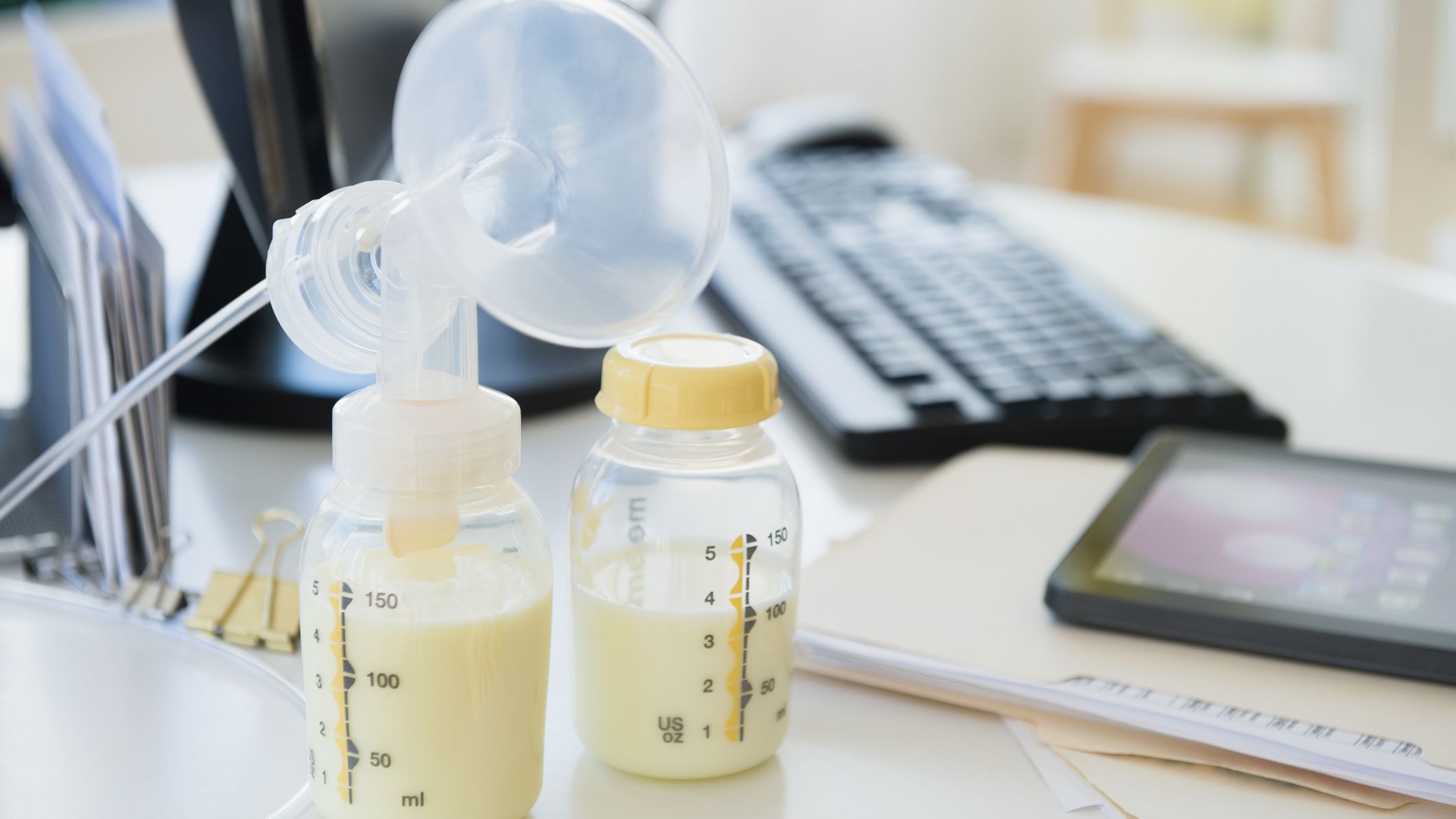
- Add time between pumping sessions
Increase the amount of time between pumping sessions gradually. Allow your comfort level to guide you – if you’re still uncomfortable 30 minutes after your usual time, pump. If you can postpone your pumping session by an hour or two, do so.
Don’t push it and wait until you have extreme fullness or breast pain, as this can lead to clogged ducts or mastitis. Instead, try to lengthen the time between sessions as much as possible. This technique can be used in conjunction with Step 3, reducing the length and frequency of your sessions.
- Repeat steps 3 and 4
Continue combining steps 3 and 4, gradually reducing your pumping length and increasing the time between pumping sessions. Pay attention to your body and its comfort level, and let that guide you.
- Look for clogged milk ducts and mastitis
Clogged milk ducts cause localized pain in the breast. There may be a hard lump, or the area may be hot. Other times, you can see where a clogged duct is; the area will appear swollen or enlarged.
If you have a clogged duct, clear it before proceeding with the weaning process. If you notice a clogged duct, stop weaning and continue pumping on that side to empty the breast.
Apply warm compresses to the pompous area or massage it while pumping. When the pain and swelling have subsided, the duct has reopened, and you can resume your weaning schedule. You may have mastitis if you develop a fever, chills, or flu-like symptoms or notice an unusual discharge from your nipple. Mastitis is a bacterial infection within the breast.
If you get mastitis, you can treat it yourself at first by using massage, heat, frequent feedings, and rest. If the pain persists, consult your doctor about antibiotics to treat this infection.
- Stop pumping
How to wean off pumping? You’ll eventually reach a point where your output is so low that you’ll wonder, “Am I ready to stop pumping entirely?”
The most useful way to find out is to experiment. Stop pumping and assess your feelings.
If you begin to feel an uneasy fullness, you may need to revise your weaning strategy. And if you don’t, well done! You’ve successfully stopped using the breast pump.
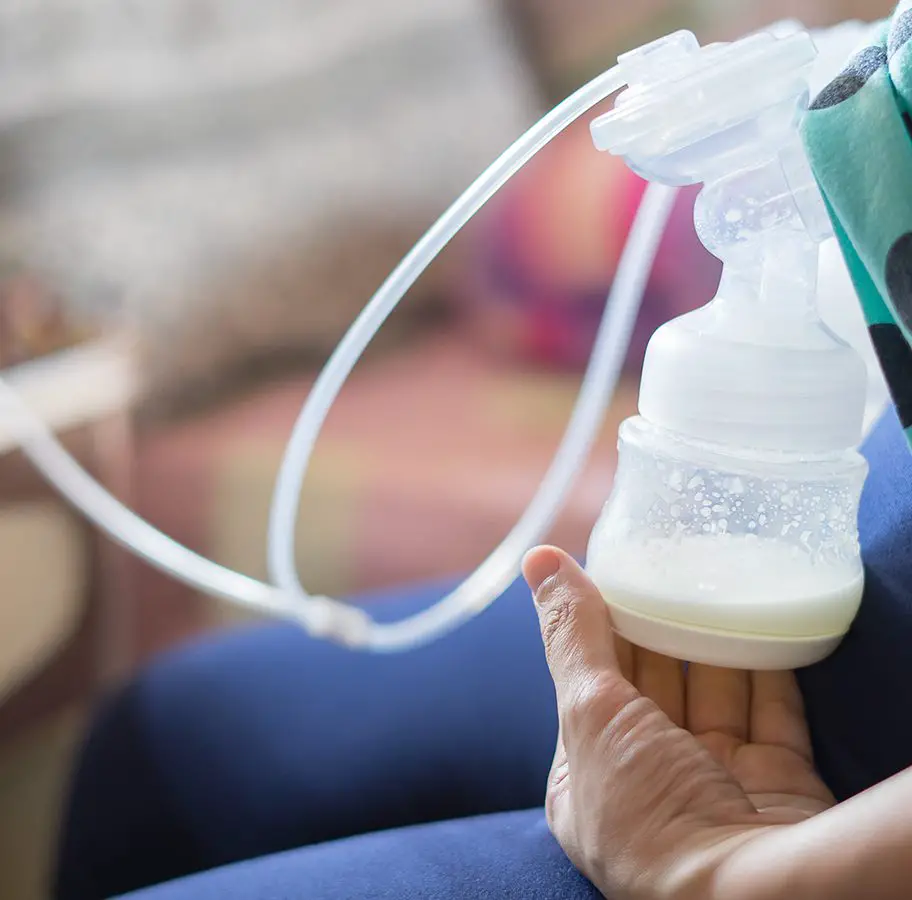
When learning how to wean off pumping, listen to your body
If your breasts become uncomfortably packed, try hand expressing just enough to relieve the discomfort – remember, over-engorgement can cause pain, clogged ducts, and mastitis. Speaking with a lactation consultant or healthcare provider for additional tips on weaning off pumping and informing them immediately if you suspect you have a clogged duct can help you avoid complications and make your weaning experience much more seamless.
Though weaning from the pump takes time and patience, breast milk is produced on a supply and demand basis, which means that your milk supply will eventually decrease and then completely “dry up,” regardless of the strategy you choose or how long it appears to take.
Until your baby has completely transitioned to an alternative food, whether it is formula (which can be used at any time) or milk such as rice milk, soy milk, or cows’ milk (which must be employed only after 12 months or older), or even something else, you can continually mix in increasingly fewer amounts of excess breast milk as he or she becomes habituated to the new taste (and their body understands to digest this new sustenance).
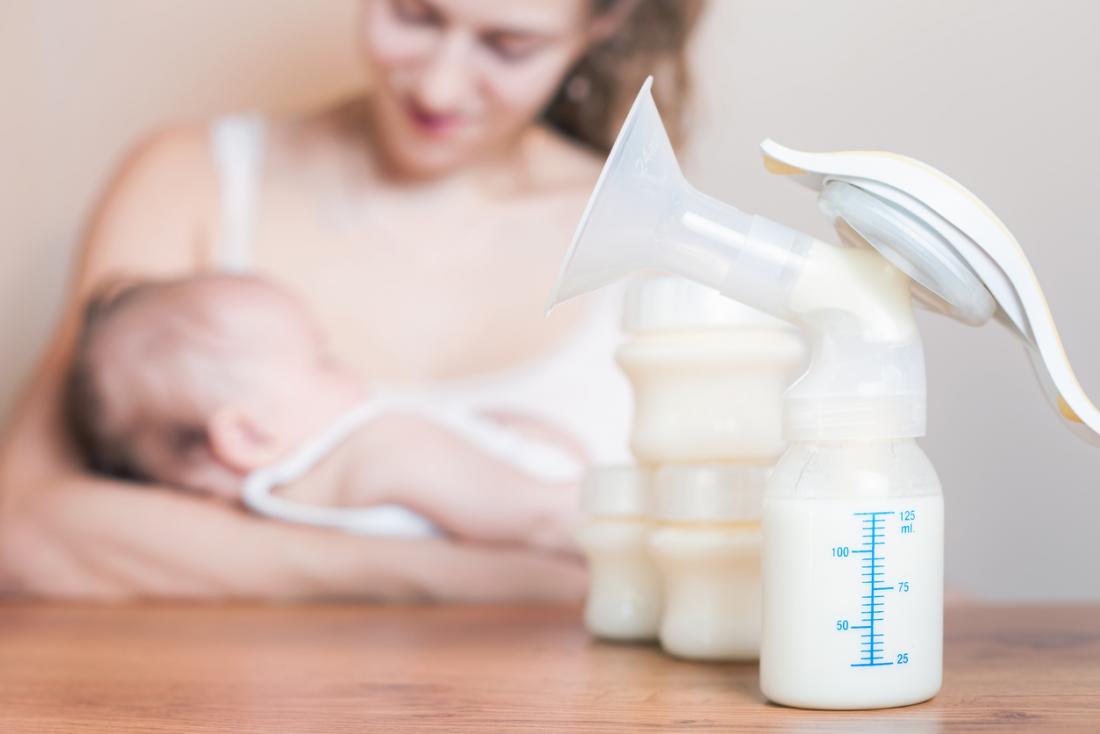
When learning how to wean off pumping, check this example
Assume you pump for 15 minutes three times daily, at 10 a.m., 2 p.m., and 6 p.m. You can stop pumping in two ways. The first is to reduce the time you pump at each session, and the second is to only pump when you’re full. As you progress, the first method may incorporate some of the seconds.
Method 1: We will begin by gradually reducing the amount of time you pump during the individual session until you are only pumping to relieve pressure and then not at all. So you’ll begin getting rid of your pump by pumping for only 13 minutes at each session for 2-3 days.
This allows your body time to adjust your milk supply in response to the decrease in demand. You’ll then reduce the time to 10-11 minutes (depending on how much milk you’re producing and how you feel after pumping).
You don’t want to drain your breast, but you also don’t want to be too full after pumping, as that is when problems arise.
Continue cutting back 2-3 minutes per session every 2-3 days until you’re down to 5 or so minutes of pumping.
You will no longer use the 10-2-6 pumping schedule and will only pump when you are uncomfortable, enough to relieve pressure.
Method 2: Unlike Method 1, this method is less structured. You will only pump when you begin to feel engorged and only until the pressure is relieved.
Continuing to express milk after this point sends a signal to your body that you require the extra supply. In reaction to the decreased demand for milk, your body will eventually reduce your milk supply (through pumping).

Also Read: How to Create a Second Amazon Baby Registry: 8 Secret Tips that Nobody Tells You!
How to wean off pumping? 4 Tips to help you
- Reduce your pumping sessions gradually
Abrupt cessation of pumping has been shown to increase overall discomfort and your risk of developing painful engorgement, clogged ducts, or mastitis. How to wean off pumping? Consider gradually reducing your pumping sessions every few days to allow your breast milk supply to decrease.
If you normally pump five times per day, reduce that to four times per day for the next few days. Let your body adjust for a few days before reducing another pumping session to three times per day. Remove these sessions one by one until you have no milk to pump.
- Decrease the quantity of time you spend pumping
You can also gradually decrease the amount of time you spend pumping during your daily sessions. Try cutting your pumping times by a few minutes at a time and, after giving your body a few days to adjust, gradually removing another minute or two from each session until there is no milk to pump.
- Lengthen the quantity of time between pumping sessions gradually
If you already have a pumping schedule, add an hour or two between sessions to gradually increase your pumping intervals. Like our other signals, this signal tells your body that it doesn’t need to replenish your breast milk supply quickly and will eventually slow production to match expression. Let your body have some days to adjust to your new pumping schedule before increasing the time between sessions until you have no more breast milk to express.
- Patience is very important
When considering how to wean off pumping, patience and dedicated time are essential to avoid stopping abruptly and risking discomfort or complications. Rest assured that reducing your total number of pumping sessions, the amount of time spent pumping each day, or gradually delaying pumping will eventually slow breast milk production and allow you to wean yourself off the pump.
How to quit pumping?
Like most other aspects of parenting, the decision to stop pumping is not always easy. When you’ve decided to stop pumping, you want the transition to be as easy as possible. Remember that this is not something that you should do quickly. Incremental differences (generally over 1-3 weeks) permit your body to adjust to its new normal with the least amount of complications.
What can you do to reduce the milk supply?
What can you do to reduce the milk supply? We will only discuss non-medical methods of reducing milk supply. The top two methods are as follows:
Cabbage leaves: Washed, chilled cabbage leaves can be used to relieve discomfort from engorgement. Substituting them every 2 hours or so can assist in reducing milk production.
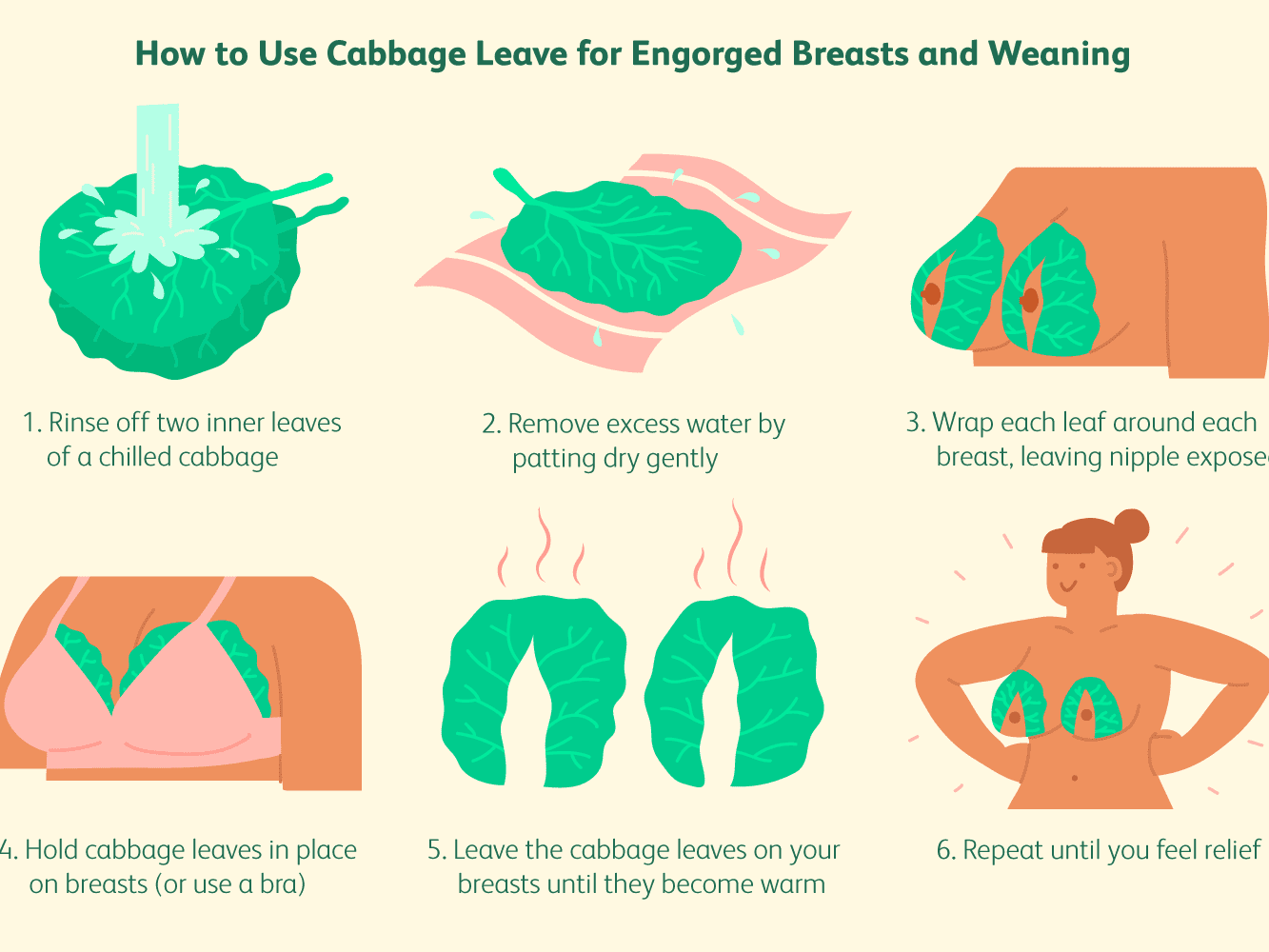
Peppermint: Peppermint has a reputation for drying up breast milk supplies, whether in the form of Altoids, mint leaves, or essential oils.
To conclude
How to wean off pumping? Weaning from a breast pump does not have to be difficult. By gradually reducing your pumping frequency and shortening your pumping sessions, your body will naturally respond to the reduced demand and reduce your milk supply. This should allow you to discontinue pumping with minimal breast discomfort and other side effects.
Frequently asked questions on how to wean off pumping
- How long does it take to wean yourself off of pumping?
Other mothers may need a week or two to wean themselves from the pump. Most people begin by shortening each pumping session by a few minutes. Always consult with your lactation consultant to determine the best strategy for you.
- How do you abruptly stop pumping?
Stop taking any supplements or nursing boosters. Drop Pumping Sessions in the Evening. Pumping time should be reduced by 25%. Increase the Interval Between Sessions. You must repeat steps 3 and 4. You should avoid mastitis and clogged milk ducts. You should halt pumping.
- What is the quickest way to stop pumping?
Try cutting your pumping times by a few minutes at a time and, after giving your body a few days to adjust, gradually removing another minute or two from each session until there is no milk to pump. Increase the amount of time between pumping sessions gradually.
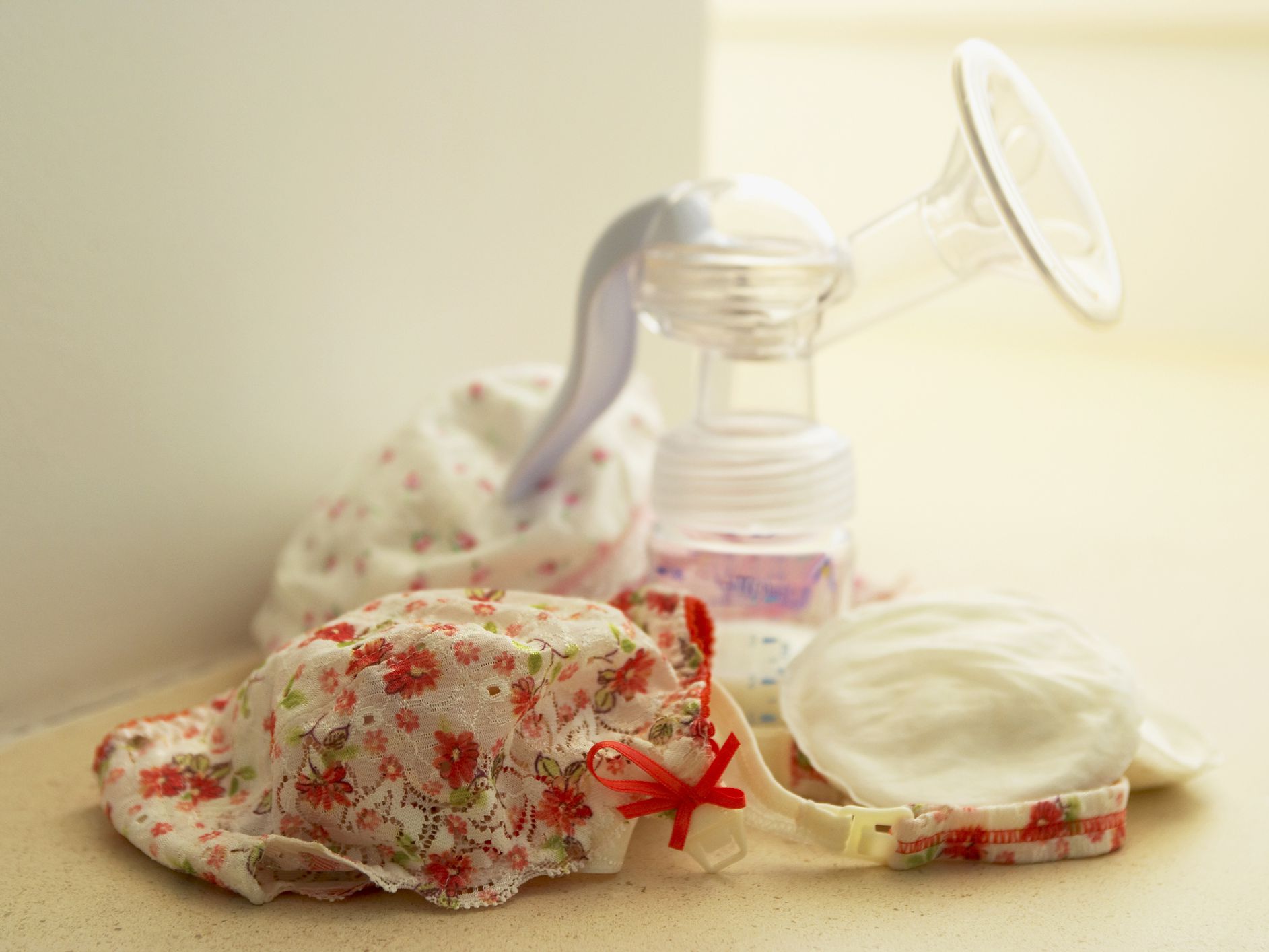
- How do you quickly dry breast milk?
Breast Milk Drying Techniques – Wear a supportive bra. Breastfeeding should be stopped. To reduce inflammation, apply ice packs. Express milk on occasion to relieve breast engorgement.
- How lengthy is it for your milk to dry?
Some women may stop producing in a matter of days. Others may have to wait several weeks for their milk to completely dry. It is possible to have let-down or leaking sensations for months after suppressing lactation. Weaning gradually is frequently recommended, but it is not always possible.

